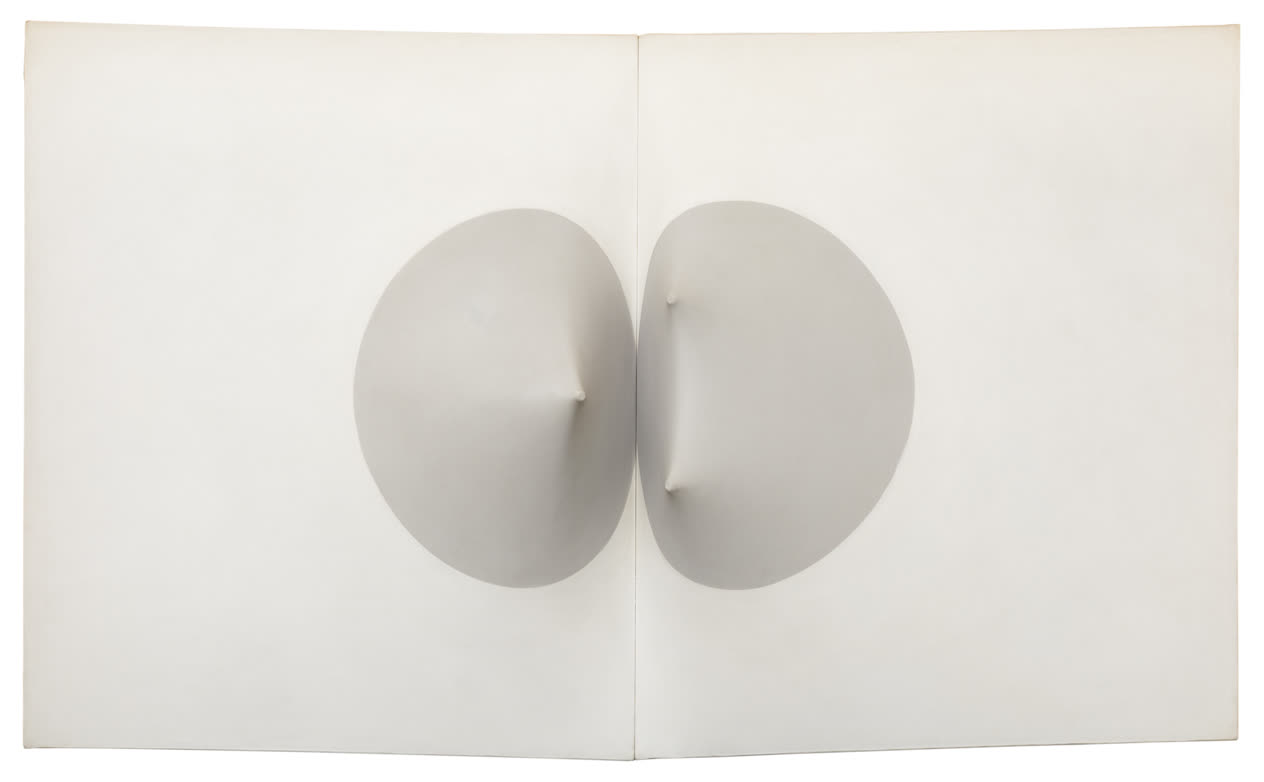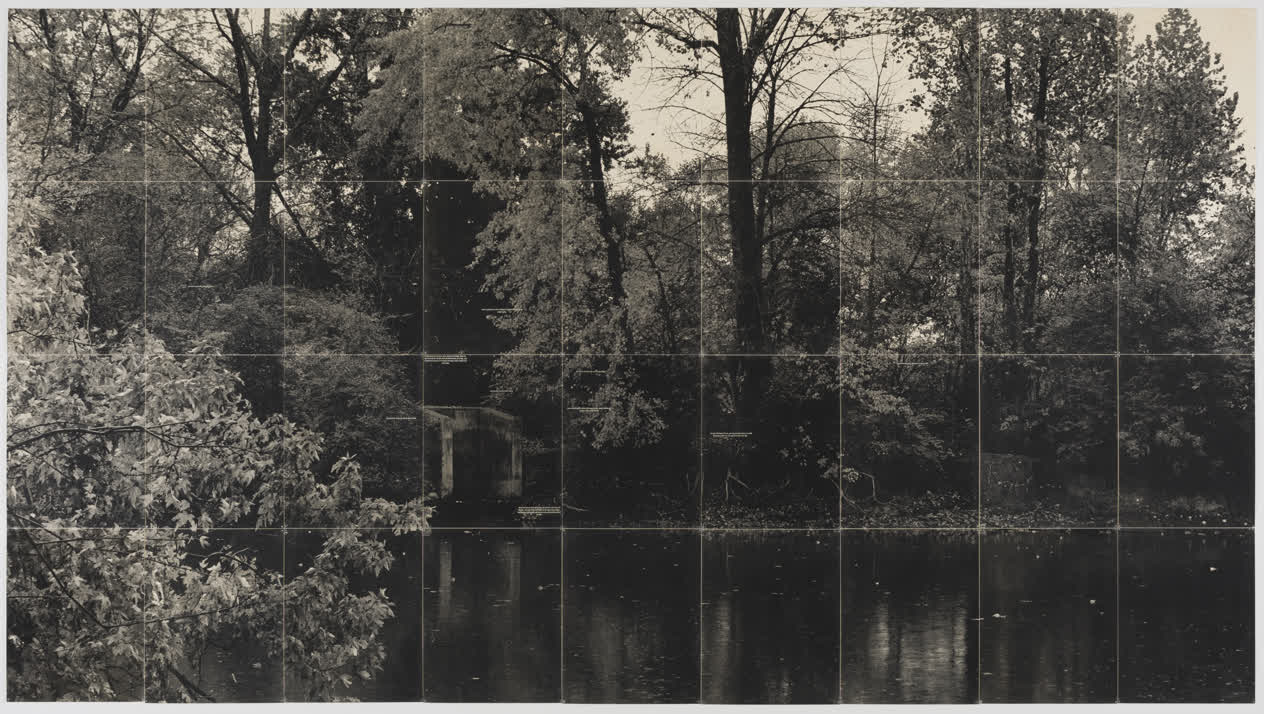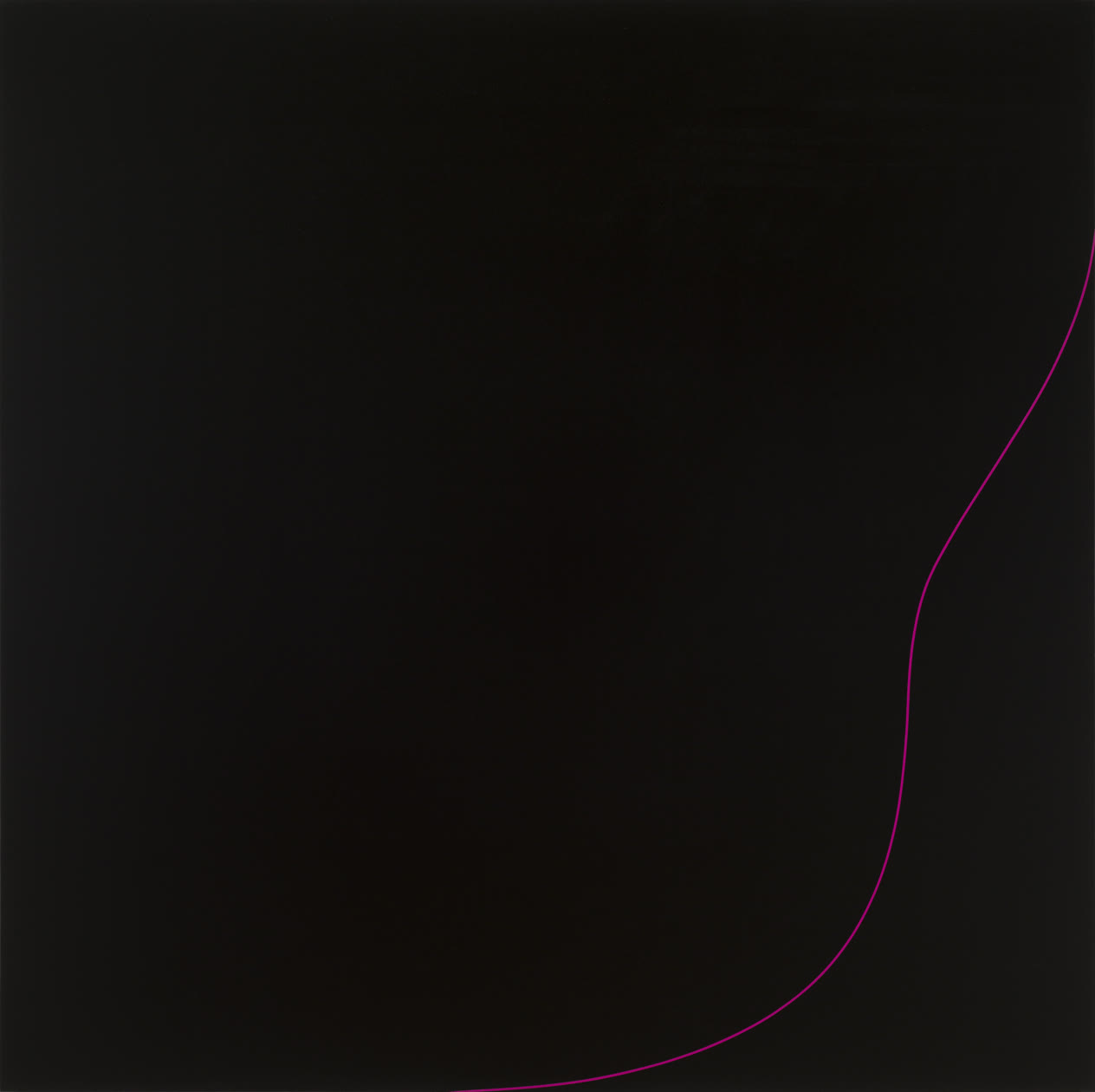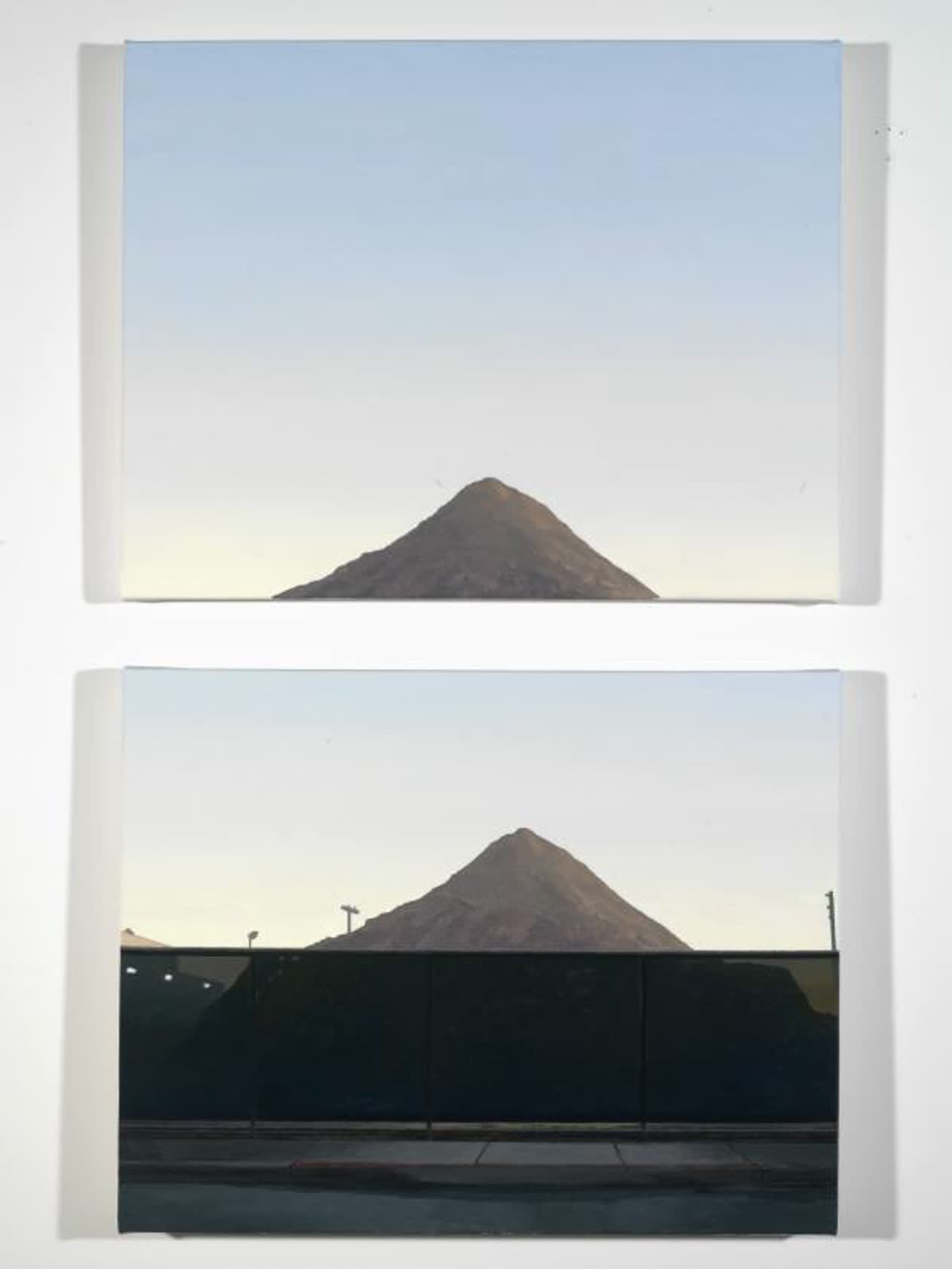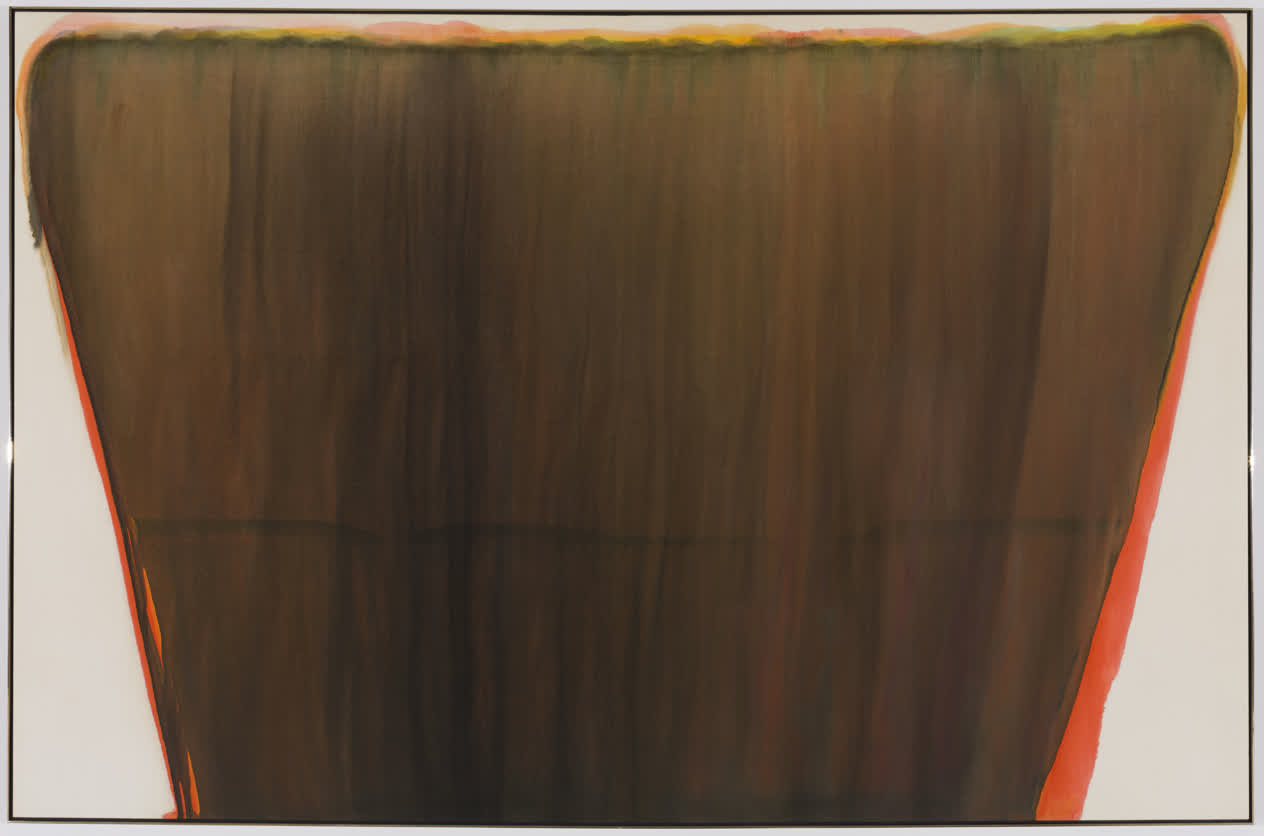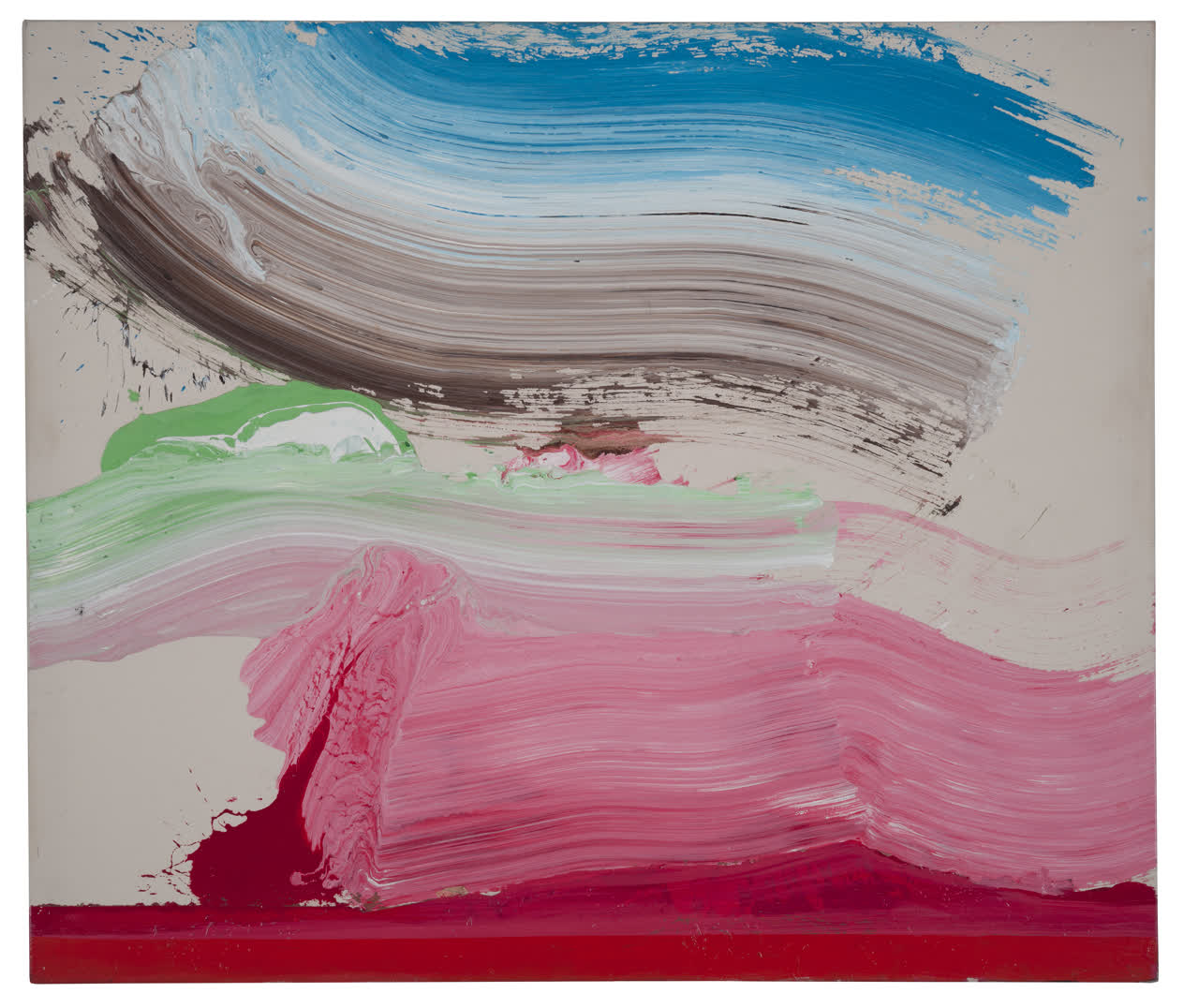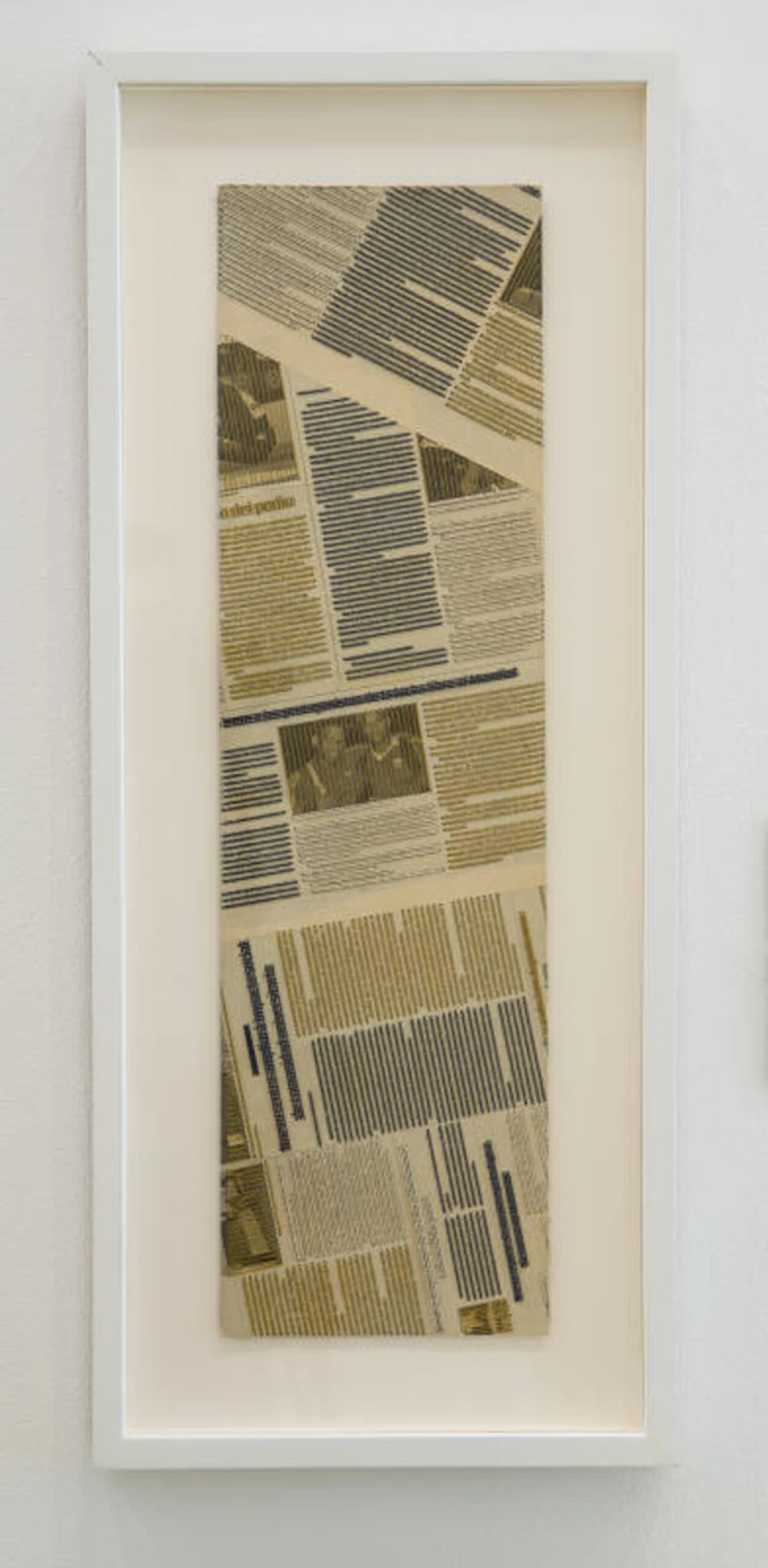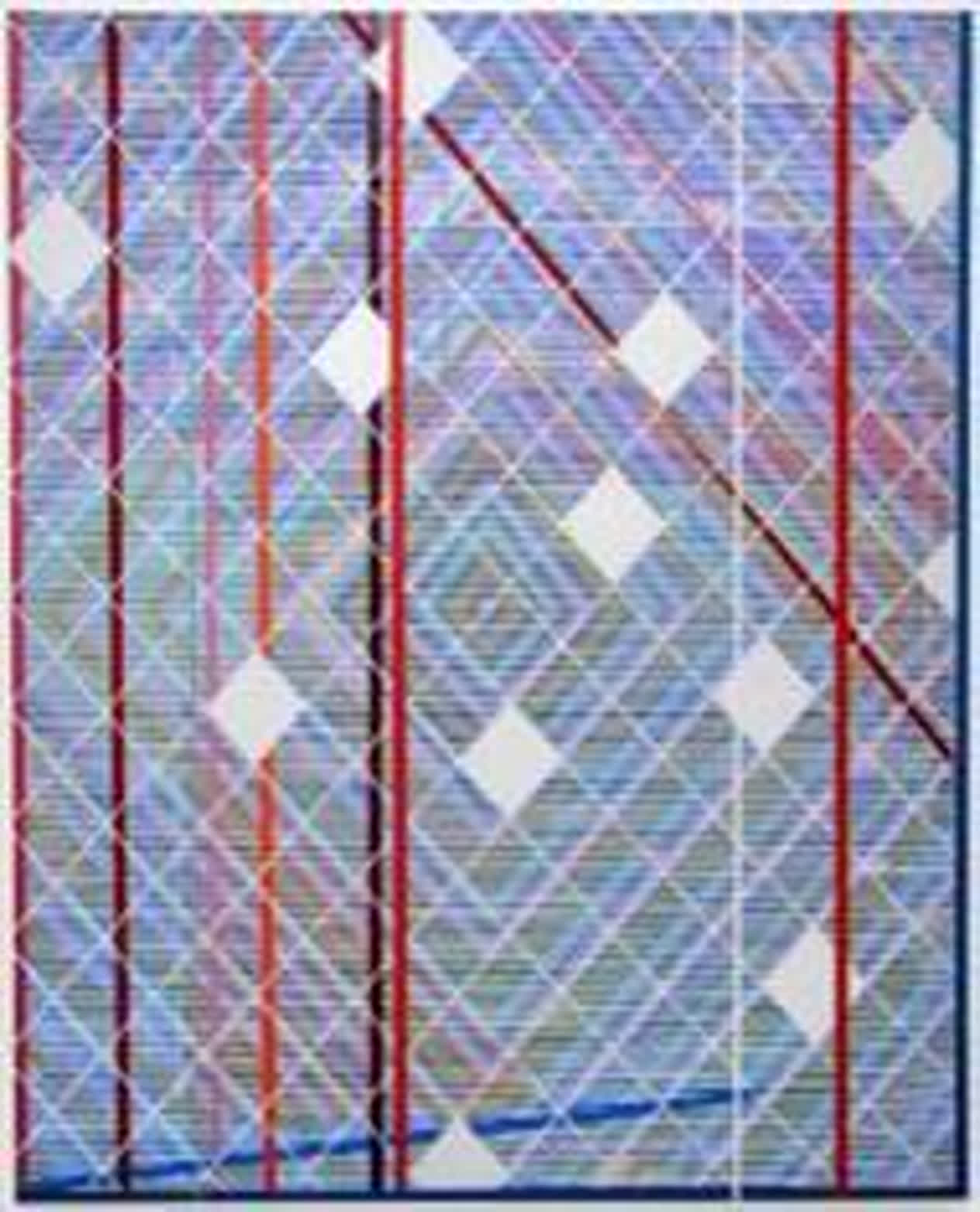Gisela McDaniel Speaking Seeds 2020
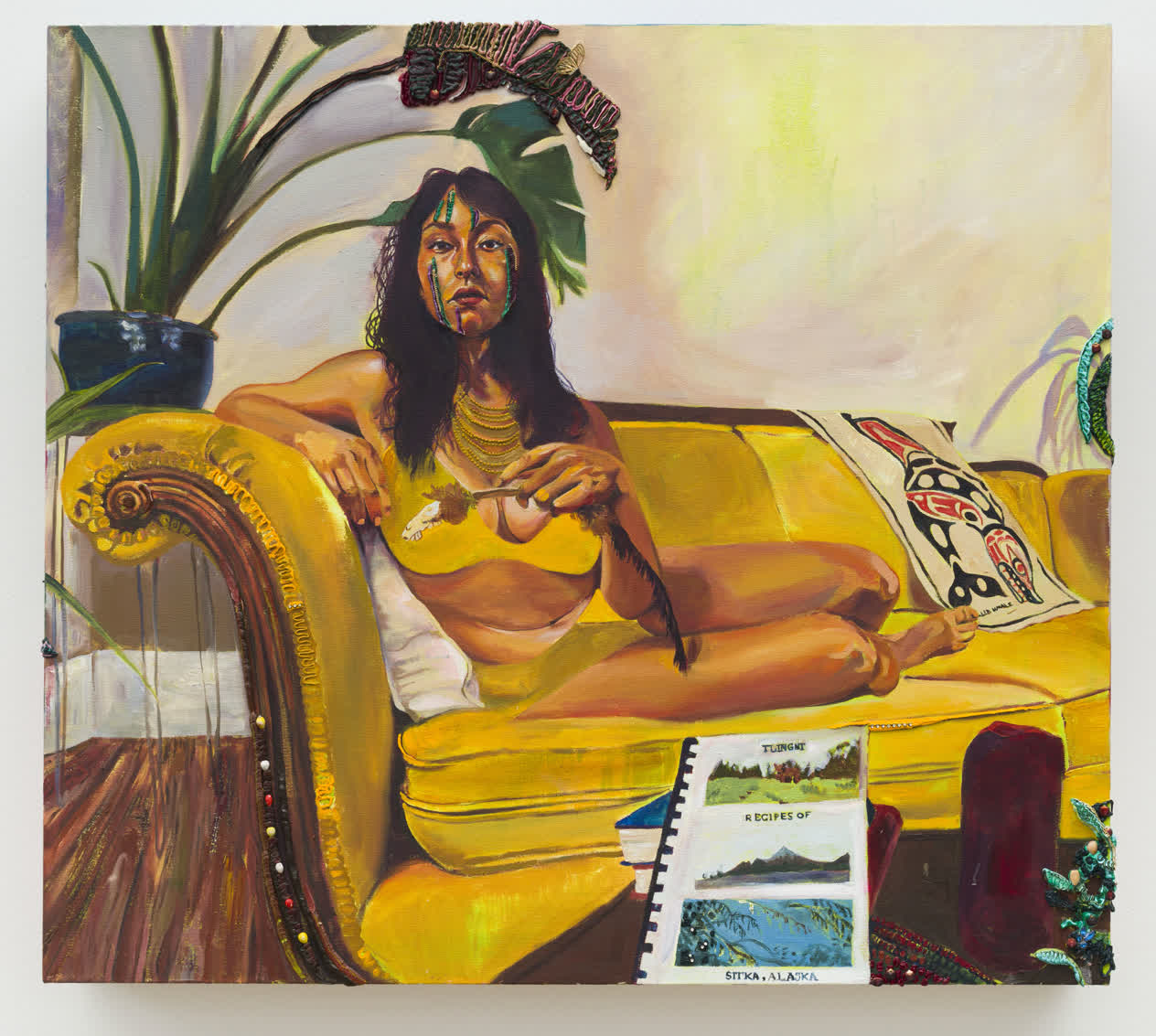
© Gisela McDaniel

Gisela McDaniel is an Indigenous Chamorro artist whose work explores the connections among nature, Indigeneity, and womanhood. McDaniel typically combines oil painting and collaged elements, such as the brightly colored decorations that adorn the face of the sitter in Speaking Seeds. The woman portrayed in this painting is a Tlingit chef named Kristen who specializes in the cultivation and preparation of Indigenous foods, including the corn and seeds that McDaniel interweaves into the composition. The audio that accompanies the work (captures the subject describing her thoughts on native foods and their relationship to physical, social, and spiritual health. For Kristen, her practice constitutes a form of decolonization, a means of reclaiming the bounties of the land and water as part of a sacred, communal heritage.
Identification
Title
Speaking Seeds
Production Date
2020
Object Number
2020.216
Credit Line
Collection Pérez Art Museum Miami, gift of Alberto Chehebar
Copyright
© Gisela McDaniel
https://www.pamm.org/en/artwork/2020.216
Copy artwork link
Physical Qualities
Medium
Oil on canvas, found object, corn, and seed, with audio
Dimensions
36 x 40 1/4 x 6 inches
Visual Description
Gisela McDaniel’s Speaking Seeds is an oil painting on canvas. The artist also used found objects, corn, and seeds in the making this artwork. The canvas measures thirty-six inches tall by forty inches wide, and six inches deep. This is equal to three feet tall by around four and a half feet wide. It is presented in a landscape orientation, meaning the longer side runs parallel to the floor. There is also an accompanying twelve-minute audio clip that is part of this artwork.
Speaking Seeds shows a copper-skinned woman half sitting and half reclining on a mustard yellow couch. Her torso and face are turned toward outward, as she looks directly at the viewer. Her legs are locked together at the knee, and she is resting on the couch cushion. The top of one of her feet is seen painted behind her kneecap, indicating that her legs are bent back. Her left arm, on the viewer’s right, holds a limp plant stalk. The stem of this plant forms an arc that starts on her thigh and curves to the end in front of her right breast. Her right arm is bent at the shoulder, and leans on the couch’s curved, upholstered arm. She is wearing interior clothing, a bra and undergarment the same yellow as the couch. She is wearing multiple gold necklaces that cover the area above the cleavage of her breasts. Her hair is black and wavy and falls over her shoulders on either side of her layered gold necklaces, ending just above her yellow bra. Her face is decorated with strips of green seeds, that run up and down the length of her cheeks, and on her forehead and chin. To the left of the woman, on the viewer’s right, is a poster of Indigenous artwork, draped on the couch. The style of the poster looks like the artwork of many Pacific Northwest indigenous groups, with bold, rounded black and red shapes. The image on the poster could be that of a fish or whale.
The couch scene looks like it is in an interior room. Behind the couch is a white wall, that takes up the majority of the upper right quadrant of the painting. The white wall is painted with a good amount of yellow and pink shading, indicating a warm light source that illuminates the wall, as well as the seated woman. The upper left quadrant has a large house plant, behind and to the left of the woman’s head. The plant fans out from a central green stem into several thin branches. The branches unfurl into wide flat fronds, like a heliconia or palm tree behind and over the woman’s black hair. One of the palm fronds is also textured and covered in repeating lines of pink and green plant seeds. The house plant is in a blue ceramic bowl, elevated several feet off the floor on its own small table behind the visible arm of the yellow couch.
In the lower left quadrant, wood floorboards are visible as they meet the white baseboards of the walls. In the lower right quadrant, in the foreground, is a small coffee table in front of the yellow couch. On this brown wooden table are several books and a plant. The cover of the book mentions Sitka, Alaska. In the extreme bottom right of the painting, the plant is textured, with green leaves and yellow and red seeds placed on the canvas.






